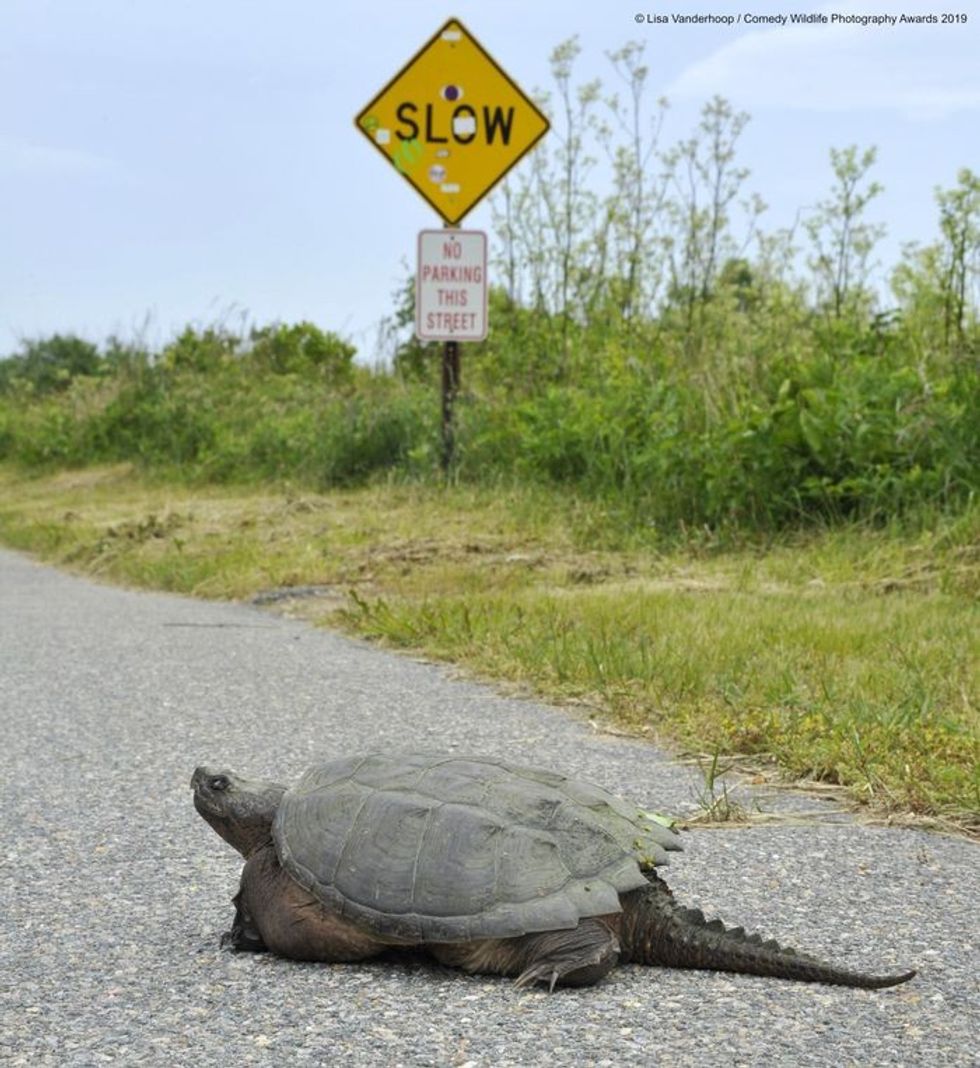Doing homework in run-down, pay-by-the-week motels, studying for a test while doubled up in cramped apartments with relatives, or reading novels until it’s light’s out at a shelter — that’s the reality for the nation’s nearly 1.3 million homeless public school students. And although homelessness among school-age kids is still primarily an urban problem, data from the National Center for Educational Statistics shows that big cities don’t have a monopoly on the issue, and some students living in rural communities might be worse off.
[quote position="left" is_quote="true"]Homeless students can be 87% more likely to drop out out of school.[/quote]
In a blog post last week, the NCES provided details and two visual snapshots of where most homeless students live. The NCES, a division of the U.S. Department of Education, wrote that during 2014-15, the most recent year for which data is available, 3.7 % of public school students in U.S. cities were identified as homeless. For students living in smaller towns and rural areas, 2.6% and 2.4%, respectively, were identified as homeless. Suburban kids are also affected, with 2% of them identified as homeless. The department defines homeless students as “children/youth who lack a fixed, regular, and adequate nighttime residence.”
The data reveals that, whether they live in a big city or in a farming community, homeless students are all more likely to live in a space doubled up with other families. However, the data is also a reminder why many education experts are ringing the alarm about the plight of students in rural America. A recent post by the American Enterprise Institute notes, “More than four out of five of the U.S. counties designated as ‘persistently poor’ today are rural.”
That provides one possible explanation for why rural students are more likely to be classified as “unsheltered” than their peers in small towns, suburbs, or big cities. Unsheltered means they’re “living in cars, parks, campgrounds, temporary trailers — including Federal Emergency Management Agency (FEMA) trailers — or abandoned buildings,” according to the NCES. Their families may simply not have the money for alternatives, and in rural areas, shelters, supportive nonprofits, and relatives with a sofa to crash on aren’t as common.
The NCES also found that “the percentage of homeless students who were unaccompanied youth — meaning that they were not in the physical custody of a parent or guardian — was highest in rural districts (9.3 percent) and lowest in suburban districts (6.9 percent).”
Students who are runaways or who no longer live with their parents because of conflicts, like being thrown out of their home because they came out as LGBTQ, would be considered unaccompanied. The AEI points out, “Rural kids are more likely to abuse alcohol and meth, and they have a higher teen-birth rate than their urban peers,” which might also contribute to them being considered unaccompanied.
Research shows that a student who experiences homelessness can be 87% more likely to drop out of school, which makes figuring out how to meet these kids’ needs a real priority for education experts. For students living in rural areas overall, AEI recommends expanding the number of charter schools and lauds programs that train teachers and administrators specifically on how to work with children and youth in these communities. The think tank also suggests that philanthropists “move away from the big-city fixation that has dominated charitable efforts in education for more than a generation.”
Given that student homelessness in urban areas hasn’t been eradicated yet, we probably don’t need to “move away” from thinking about what’s happening in cities. But it’s a point well taken that the plight of children and youth in rural areas shouldn’t be ignored.
















 A young lion playing with an older animal
A young lion playing with an older animal A colorful bird appears to be yelling at it a friend
A colorful bird appears to be yelling at it a friend An otter appears like it's holding its face in shock
An otter appears like it's holding its face in shock Two young foxes playing in the wild
Two young foxes playing in the wild Two otters appear to be laughing together in the water
Two otters appear to be laughing together in the water A fish looks like it's afraid of the shark behind it
A fish looks like it's afraid of the shark behind it A bird appears to be ignoring their partner
A bird appears to be ignoring their partner A squirrel looks like it's trapped in a tree
A squirrel looks like it's trapped in a tree A bear holds hand over face, making it appear like it's exhausted
A bear holds hand over face, making it appear like it's exhausted A penguin looks like its trying to appear inconspicuous
A penguin looks like its trying to appear inconspicuous A young squirrel smells a flower
A young squirrel smells a flower An insect appears to be smiling and waving at the camera
An insect appears to be smiling and waving at the camera An otter lies on its side apparently cracking up laughing
An otter lies on its side apparently cracking up laughing Two monkeys caught procreating
Two monkeys caught procreating A young chimp relaxes with its hands behind its head
A young chimp relaxes with its hands behind its head A snowy owl appears to be smiling
A snowy owl appears to be smiling  A monkey holds finger to face as if it's lost in thought
A monkey holds finger to face as if it's lost in thought A turtle crossing the road under a 'slow' sign
A turtle crossing the road under a 'slow' sign A polar bear lies on its back like it's trying to hide
A polar bear lies on its back like it's trying to hide A rodent strikes human-like pose
A rodent strikes human-like pose
 An excerpt of the faxCanva
An excerpt of the faxCanva

 Robert Redford advocating against the demolition of Santa Monica Pier while filming "The Sting" 1973
Robert Redford advocating against the demolition of Santa Monica Pier while filming "The Sting" 1973


 Image artifacts (diffraction spikes and vertical streaks) appearing in a CCD image of a major solar flare due to the excess incident radiation
Image artifacts (diffraction spikes and vertical streaks) appearing in a CCD image of a major solar flare due to the excess incident radiation